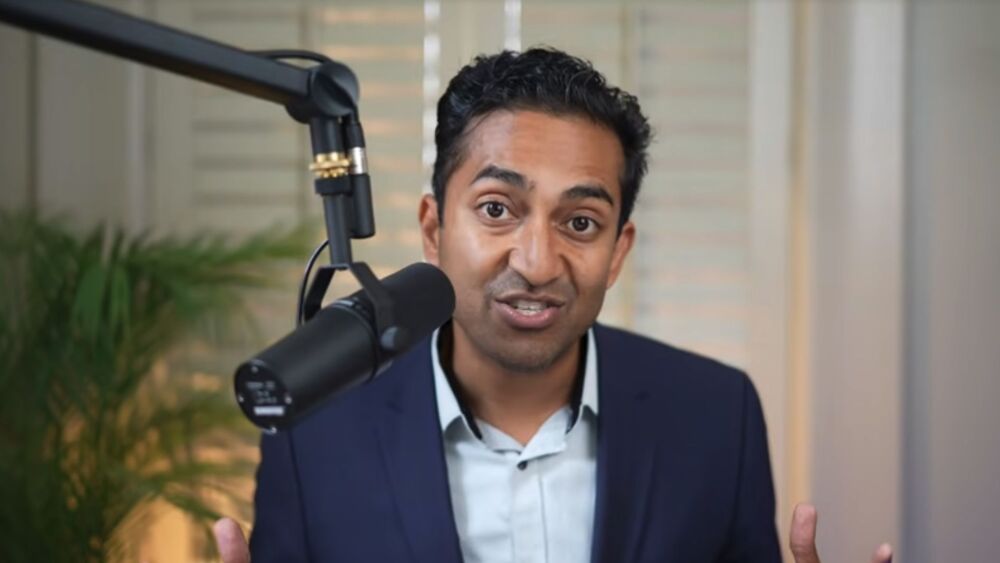The FDA’s proposed Rare Disease Evidence Principles review process is a starting point for getting rare disease therapies across the finish line, but industry leaders say there are more concrete steps the regulator could take to help patients.
In 2025, the rare disease space has been buzzing with activity in all directions. Though FDA commissioner Marty Makary has spoken multiple times about expediting rare disease therapies, the agency has sent several applications back to the drawing board. In July, Capricor and Ultragenyx both got surprise rejections for their rare disease therapies. In early September, the FDA rejected Saol Therapeutics’ treatment for the ultra-rare disease pyruvate dehydrogenase complex deficiency. Meanwhile, August saw four first approvals for rare diseases.
Into that anxious space, the FDA has introduced new guidance. Earlier this month, the agency’s Center for Drug Evaluation and Research (CDER) and Center for Biologics Evaluation and Research (CBER) jointly proposed a new process to get therapies for ultra-rare diseases approved faster and more efficiently.
That process, the Rare Disease Evidence Principles (RDEP), would exist alongside normal FDA review procedures but allow additional supportive data to be considered for specific sponsors developing treatments for rare diseases affecting fewer than 1,000 people in the U.S., whose drug directly treats a known genetic driver of disease and for which there is no adequate treatment.
Reactions to the new process were mixed from the start. From a practical standpoint, it wasn’t clear which companies could even apply to have their drugs reviewed through the RDEP, since the 1,000-patient cutoff limits therapies to the rarest of the rare.
“What company even has a drug going after diseases with 1,000 patients?” is the feedback Andrew Tsai, biopharma analyst and senior vice president at Jefferies, has been hearing from investors. It often doesn’t make financial sense for companies to even pursue diseases with such a limited patient pool, Tsai told BioSpace.
It’s not unheard of. Stealth BioTherapeutics, for example, won approval on Friday for the first-ever treatment for Barth syndrome—an ultra-rare condition affecting around 150 people in the U.S. But it’s certainly not common, Tsai said.
Even trying to nail down public companies looking at ultra-rare diseases was difficult, Tsai added, stating that most companies working in the space are private.
The fundamental roadblock, he continued, is the feasibility of doing the large-scale Phase I, II and III studies the FDA requires for approval. The new RDEP process doesn’t change the scale of data required; it only suggests that such data could come from a single-arm trial, which is already the case for many new drug applications (NDAs) filed with the FDA, according to Mark Veich, CEO of Advancium Health Network.
“Single arm trials, those exist today, so I don’t know what that means in terms of meaningful change,” Veich told BioSpace.
Another challenge to the FDA’s ability to make meaningful change with a new rare disease process is that the agency’s recent mass layoffs and staff overhauls have drained its knowledge base, setting all reviews back, Veich added.
“There have been significant changes in the rank-and-file management of the FDA,” he said. “Leaders of divisions have left; tenured FDA employees have left because of retirement or because of the administration.”
Getting treatments for rare diseases to market is less a process issue and more a knowledge issue, he added. “There’s a lot of education needed for people [who are] going to backfill those spaces.” Veich said that in the rare disease space, new leaders will need to be brought up to speed on the history of particular projects that may have stalled. “I think a lot of families have been counting on some projects to be approved that are now waiting.”
Until Friday, families affected by Barth syndrome were among them. Last month, 82 Barth syndrome experts sent Makary a petition calling for the approval of Stealth’s elamipretide, which was rejected in May, after a 16.5-month review—and despite the support of an advisory committee. Kate McCurdy, board chair at the Barth Syndrome Foundation, reviewed the petition and shared with BioSpace the last line: “We are asking FDA leadership to take this opportunity to realign review with current FDA statements on ultra-rare indications and immediately reverse course on this decision.”
Stealth filed a resubmission on Aug. 15, which the FDA rapidly accepted with a target review date well ahead of a typical six-month deadline. That decision came last Friday, a week early and in Stealth’s favor.
Where It Might Go Right
Despite the limitations of the FDA’s proposal, Saol CEO Dave Penake welcomed the new process as a type of flag-planting in the rare disease space, with the agency formally announcing an interest in spurring therapies that Makary and others had previously spoken about only in broad strokes.
“These types of guidances are positives,” Penake told BioSpace. “In the absence of statements like this, the vast majority of companies will pursue things and piece things together on their own,” attempting to compile complete NDAs to the best of their abilities despite limited patient pools and financial incentives.
“[The FDA] coming out and saying, ‘Hey, this is what we want to do’ brings clarity to folks trying to develop therapies for these kinds of diseases,” Penake said.
For other observers, there are more actionable and concrete steps that the government can take to ease the process for rare disease therapy makers.
“I would like to see more incentives for people who are working on rare disease projects,” Veich said. These could include financial incentives of some kind, though in what way the FDA or federal government writ large could offer financial incentives is not clear, he admitted. A likely easier option is not to invent a whole new incentive mechanism but simply to reuse one that has fallen by the wayside.
“Priority review vouchers have not been renewed,” Veich said, which has discouraged a lot of organizations—even Advancium, which funds a lot of efforts on philanthropic capital—to put money toward rare diseases. At the end of 2024, Congress failed to renew the rare disease priority review voucher (PRV)—which fast-tracked drug reviews from the usual 12 months to six months and could be bought and sold—despite a decade of existence and near-universal support for the program. Bringing that program back, Veich argued, is the biggest thing the government can do to help rare disease patients.
And he just may get his wish. On Wednesday, the House Committee on Energy and Commerce advanced a bill that would relaunch the program. This is the latest attempt to revive PRVs. The Senate introduced a version of the bill in March, but it has not yet cleared committee.
Despite the sting of its recent complete response letter, Penake sees the silver lining in the RDEP process.
“For us, we’re in this situation where we received a CRL, and quickly thereafter this came out,” he said. “We’re in a situation where we think that our disease falls into this. We have supportive data compared to natural history that shows a benefit. I think that when you look at patients who don’t have access to treatments . . . we want to make sure that we work with the FDA in the context of this guidance.”








